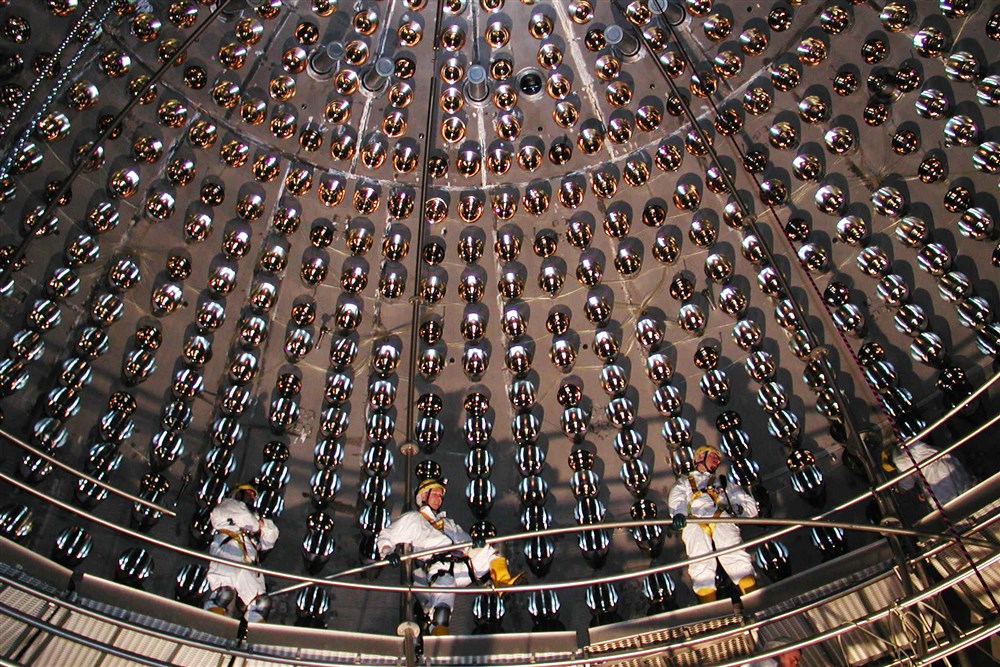
Stars produce copious amounts of energy by fusing hydrogen into helium. This process, known as the proton-proton chain, is thought to dominate energy production in the sun — but since 1990, physicists have theorized that a second process must also occur. This process, known as carbon–nitrogen–oxygen (CNO) cycle, is thought to be responsible for only 1% of the sun’s energy.
In a historic study, scientists have now confirmed neutrinos originating from this up-to-know elusive process.
A step closer to a complete understanding of the sun
Detecting neutrinos — subatomic particles that are very similar to electrons, but have no electrical charge and a very small mass — from this secondary nuclear fusion cycle has been very challenging. It was only after technology improved that scientists could pick up these tiny particles with their highly sensitive detectors at the Italian National Institute for Nuclear Physics’s (INFN) Gran Sasso particle physics laboratory in central Italy.
Buried deep beneath the Apennine Mountains, the INFN lab is the largest underground research center in the world. This is to isolate the huge neutrino detectors from cosmic rays and other background radiation. Trillions of neutrinos pass through the ultrasensitive Borexino detector at INFN every second. However, it can only detect a handful of them each day by looking for faint flashes of light produced by nuclear decay in its dark 300-ton water tank.
Physicists using the Borexino detector have decades of measurements for neutrinos from the sun’s main proton-proton chain reaction — which fuses hydrogen to produce` beryllium, lithium, and boron before they break down into helium. However, neutrinos from the CNO cycle are much harder to spot because our sun is relatively cool, accounting for just 1% of its energy.
But after they enlarged the Borexino detector (which was already huge) and improved its sensitivity, physicists were able to detect seven neutrinos with the signature energy of the CNO cycle.
This is the first direct evidence that the CNO cycle is active in the sun — and most likely in other stars. The CNO cycle is actually the dominant cycle in very large stars. Now, that scientists have detected CNO neutrinos, they will be able to measure the abundance of oxygen, carbon, and nitrogen in the star’s core. In the process, they can better understand what fuels a star and how they form in the first place.
“In the CNO cycle, the fusion of hydrogen is catalysed by carbon, nitrogen and oxygen, and so its rate—as well as the fux of emitted CNO neutrinos—depends directly on the abundance of these elements in the solar core. This result therefore paves the way towards a direct measurement of the solar metallicity using CNO neutrinos,” the physicists affiliated Borexino Collaboration wrote in the journal Nature.


